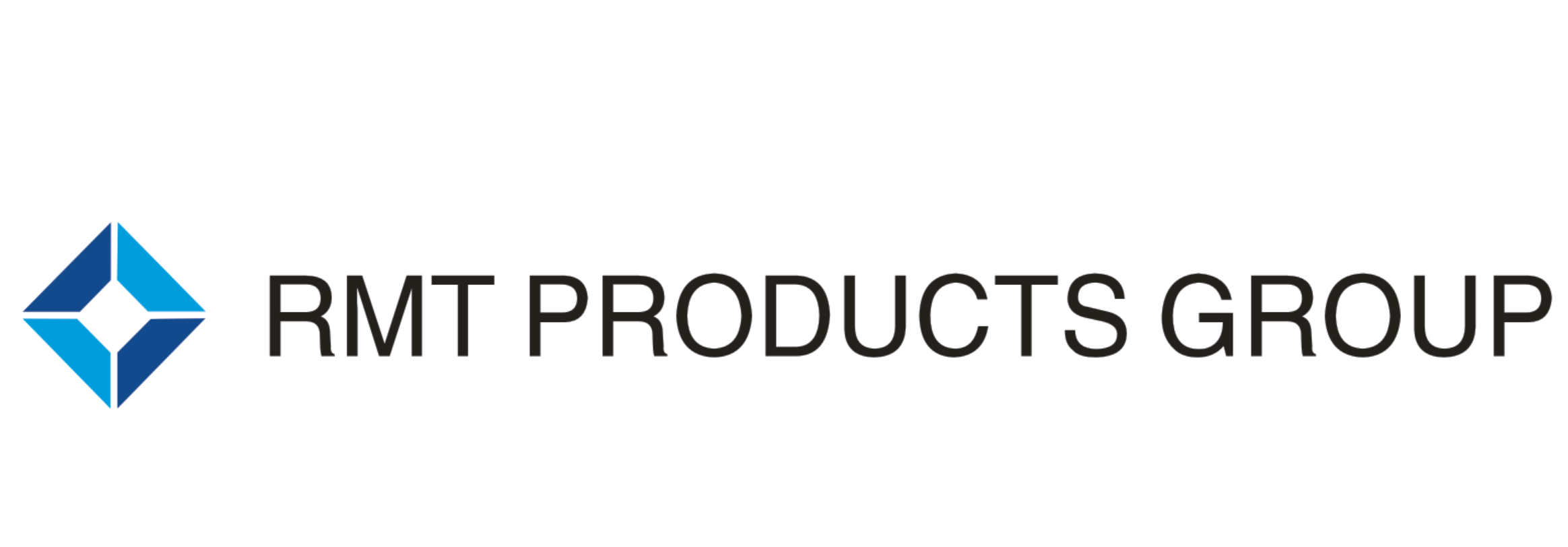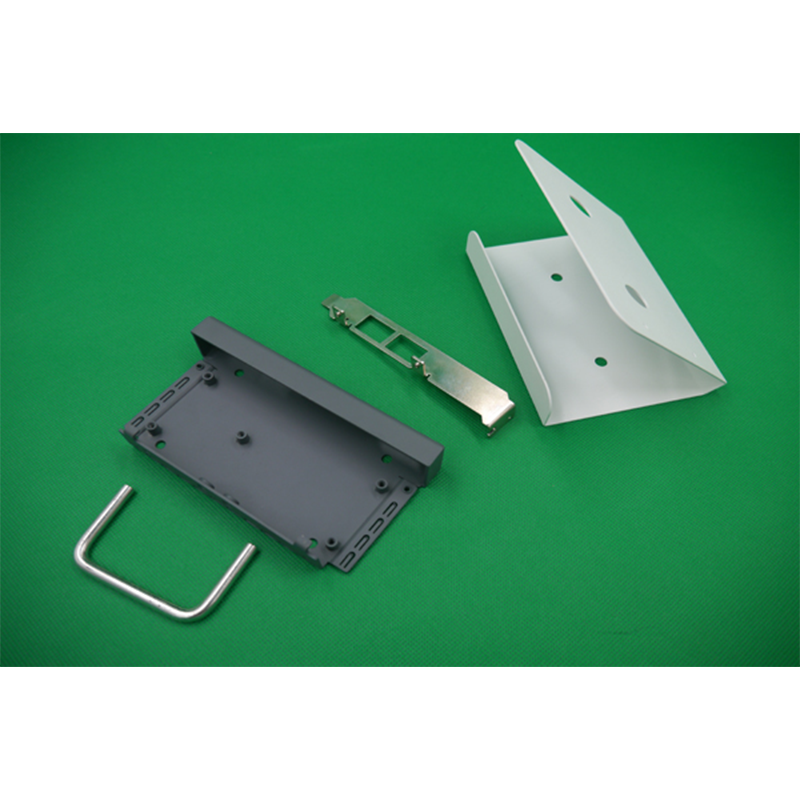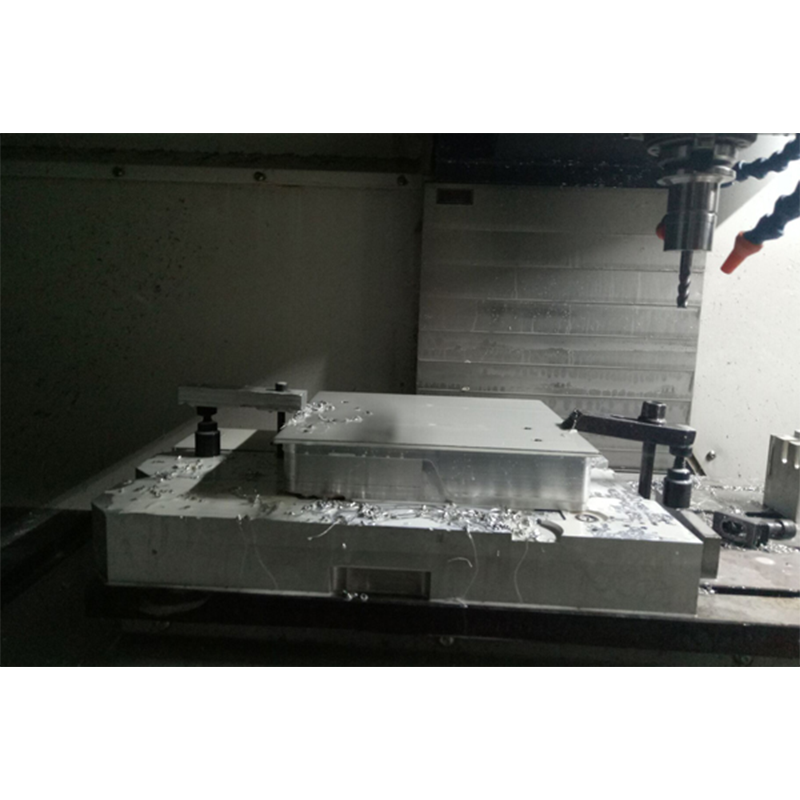Sheet Metal Fabrication in Renewable Energy Projects
Material Selection for Renewable Energy Sheet Metal Fabrication
304 Stainless Steel: Corrosion Resistance for Harsh Environments
When it comes to materials for renewable energy systems, 304 stainless steel keeps coming back again and again because it just doesn't rust easily. Think about all those places where water gets everywhere or chemicals are present, like offshore wind farms or solar installations near saltwater. That's exactly where this type of steel shines brightest. Engineering reports actually show that these installations can last way past 40 years in some cases, which makes sense when planning something meant to run for decades without constant maintenance. We see this material working hard in real world conditions too, holding up solar panels together and forming parts of wind turbines despite being battered by weather and elements day after day.
Aluminum Alloys: Lightweight Solutions for Solar/Wind Components
Aluminum alloys bring some real benefits to renewable energy projects because they have great strength while being relatively light. The weight savings really matter when it comes to cutting down on transport expenses and making these energy systems work better overall. We see this in action across solar panels and wind turbine parts where aluminum makes installation much simpler and actually boosts how much energy gets generated. The lighter materials mean components can be moved around more easily, something that helps maximize energy collection as weather patterns shift throughout the day. For buildings incorporating aluminum frameworks, there's typically around a 30% drop in total weight compared to traditional materials. This reduction cuts down on material costs and at the same time strengthens the building's foundation, aligning well with green building objectives without compromising quality.
The strategic use of materials like 304 stainless steel and aluminum alloys is paramount for advancing precision sheet metal fabrication in renewable energy projects. Emphasizing lightweight and corrosion-resistant materials enhances the longevity and efficiency of energy systems, catering to the growing demand from industries focused on sustainable solutions.
---
The extrapolation of sheet metal fabrication techniques in renewable energy projects underscores the industry's potential to transform automotive parts manufacturing and precision CNC machining. Embracing such advanced material selection enhances the overall capabilities of precision sheet metal fabrication services, ensuring a seamless integration into the bolstering renewable energy sector.
Precision Fabrication Techniques in Energy Projects
CNC Machining for Complex Component Geometry
CNC machining brings something really special to the table when it comes to making parts that fit together perfectly in renewable energy systems. The machines can hit tolerances down to about 0.01 mm, which means better quality products and less material going to waste. This actually saves money on energy projects over time. For things like fuel cells or those super precise turbine shafts, getting the fit right matters a lot because these components need to work reliably day after day. What makes CNC so valuable is how well it handles sheet metal work too. As the renewable energy market keeps expanding, manufacturers are finding themselves relying more and more on this kind of precision manufacturing to meet their demanding specifications.
Laser Cutting for High-Tolerance Renewable Systems
When it comes to creating those really detailed and accurate parts needed for renewable energy systems, laser cutting just works better than most alternatives. The process gives designers more freedom while still keeping things efficient from a materials standpoint. We're talking about actual savings here too - manufacturers report around 30% less wasted material when switching from conventional cutting techniques. For companies making solar panel frames or parts for wind turbines, this kind of precision matters a lot. These components need to meet strict specifications because they'll be exposed to all sorts of weather conditions over time. Getting the dimensions right from the start means fewer problems down the road with performance issues or premature failures.
Role of Advanced Technology in Sustainable Fabrication
Automated Stamping for Mass Production Efficiency
The shift toward automated stamping is making a big difference in how quickly we can produce parts for renewable energy systems. These machines cut down on the time needed to manufacture key components, which means factories spend less money on labor since workers don't have to do as much hands-on work. According to recent industry studies, some facilities now crank out over 5,000 parts every single hour. Manufacturing firms that switched to automation report their production speeds went up around 40% in many cases. Faster production times help get solar panels and wind turbines installed sooner, which matters a lot when trying to meet climate goals. Plus, these automated systems waste fewer materials overall compared to traditional methods, so they actually help reduce the environmental footprint of manufacturing operations.
CAD Integration for Custom Energy Project Designs
Computer-Aided Design software has changed how we create custom energy solutions completely. Engineers can now build prototypes much faster than before, which means they come up with creative ideas specifically for different renewable energy setups. When teams work together using CAD, they find it easier to make changes and tweak designs as needed, so everything moves along quicker than traditional methods. Some research shows that when companies use CAD systems, their development timelines shorten around 30 percent on average, getting energy projects completed sooner rather than later. The way CAD improves precision in sheet metal fabrication really highlights why manufacturers are moving toward more flexible production methods these days. This makes sense given what the market demands from sustainable energy initiatives right now.
Custom Sheet Metal Solutions for Renewable Applications
Stainless Steel Laser Device Components (Medical/Energy Cross-Application)
Laser cut stainless steel parts offer real advantages because they're strong and work well inside the body, which makes them great choices for medical equipment and energy systems alike. Take scanning lasers for instance these often rely on quality materials like 304 stainless steel that stands up to rust and wear better than most alternatives. The improvements we've seen in how we fabricate these parts mean manufacturers can create components that serve two purposes at once opening doors to smarter energy tech solutions while saving money over time. What this shows is that when companies focus on getting sheet metal fabrication right, they end up supporting all sorts of technological progress across different industries.
Electrolyte Analyzer Chassis for Clean Energy Research
When it comes to clean energy research, custom made chassis for electrolyte analyzers really make a difference. These units combine solid engineering work with actual lab needs, built primarily from top quality stainless steel so they last years longer than cheaper alternatives and stand up to harsh chemicals without rusting away. Modern designs now include lighter weight components too, which means researchers can move equipment around labs more easily between experiments. Labs working on solar cell improvements or battery storage technologies rely heavily on these robust platforms for their testing gear. As governments worldwide invest billions into green tech development, having reliable hardware becomes absolutely essential for getting meaningful results from expensive R&D programs.
CNC-Machined Aluminum Computer Casings for Control Systems
Computer casings made through CNC machining offer customized options for building strong aluminum enclosures needed in renewable energy control systems. Made from light yet tough aluminum alloys, these cases stand up well against harsh environments while keeping operations running smoothly over time. Aluminum handles heat really well too, so it helps maintain better energy efficiency across extended periods when controlling various energy applications becomes critical. The whole process fits right into what many manufacturers are doing today with their CNC work – finding ways to make things faster without sacrificing green credentials.
High-Precision Machine Parts for Wind Turbine Assemblies
The efficiency of wind turbines really depends on high precision parts because small mistakes or variations can actually mess up how well they work overall. For these components to function properly, they need to pass pretty strict quality checks so that the turbines keep producing power reliably day after day. When manufacturers focus on getting their processes right, they're able to hit those tough specs thanks to advanced tech that makes everything last longer and perform better. With more and more wind farms popping up around the world, there's growing demand for accurate sheet metal fabrication services. These specialized manufacturing capabilities have become essential building blocks for expanding our renewable energy networks across different regions.
Stamped Steel Components for Renewable Infrastructure
Steel stampings make up a large part of renewable energy systems, serving as critical support structures across wind farms, solar arrays and hydroelectric plants. Manufacturers create these components using advanced engineering techniques so they can handle extreme weather conditions, corrosion from salt air near coastal installations, and temperature fluctuations in desert environments where solar panels operate. The need for materials that last decades without failing becomes even more apparent when looking at how much investment goes into setting up clean energy facilities. Wind turbine towers alone require thousands of tons of specially treated steel parts just to stand firm against constant gusts. With global demand for green power expected to double within ten years according to industry forecasts, the continued reliance on durable stamped steel solutions remains absolutely vital for maintaining reliable energy infrastructure worldwide.
Sustainability-Driven Fabrication Practices
Waste Reduction Through Nesting Software
Cutting down on waste matters a lot in green manufacturing, and nesting software helps get there. When materials are used more efficiently, the software arranges cutting patterns so that scraps are kept to a minimum. This shows real dedication to being environmentally friendly. Research suggests that better nesting methods can cut waste around 20 percent. Less wasted material means saving money too, which makes good business sense. Many manufacturers looking to go green find that adding nesting software to their workflow is smart move for both sustainability and staying competitive in tough markets.
Recyclable Material Integration Strategies
When manufacturers start incorporating recyclable materials into their production lines, they're taking a step toward building what many call a circular economy. The basic idea is simple enough really reduce waste while getting more life out of materials already in circulation. Companies that work closely with suppliers focused on recycling programs often see real results. Their carbon footprints shrink noticeably, and they get behind green initiatives that matter to consumers these days. Beyond just helping the planet, this kind of partnership actually boosts brand image too. Operations tend to run smoother when waste management becomes part of daily business rather than an afterthought. For the manufacturing sector specifically, adopting these kinds of practices shows genuine dedication to solving environmental problems head on instead of waiting for regulations to catch up. Most forward thinking factories now view recycling not as a cost center but as smart long term investment.

 EN
EN
 AR
AR
 BG
BG
 HR
HR
 CS
CS
 DA
DA
 NL
NL
 FI
FI
 FR
FR
 DE
DE
 EL
EL
 IT
IT
 JA
JA
 KO
KO
 NO
NO
 PL
PL
 PT
PT
 RO
RO
 RU
RU
 ES
ES
 SV
SV
 IW
IW
 LV
LV
 SR
SR
 SK
SK
 UK
UK
 GL
GL
 HU
HU
 TH
TH
 TR
TR
 FA
FA
 GA
GA
 CY
CY
 EU
EU
 BN
BN
 BS
BS
 LA
LA
 NE
NE
 SO
SO
 KK
KK














